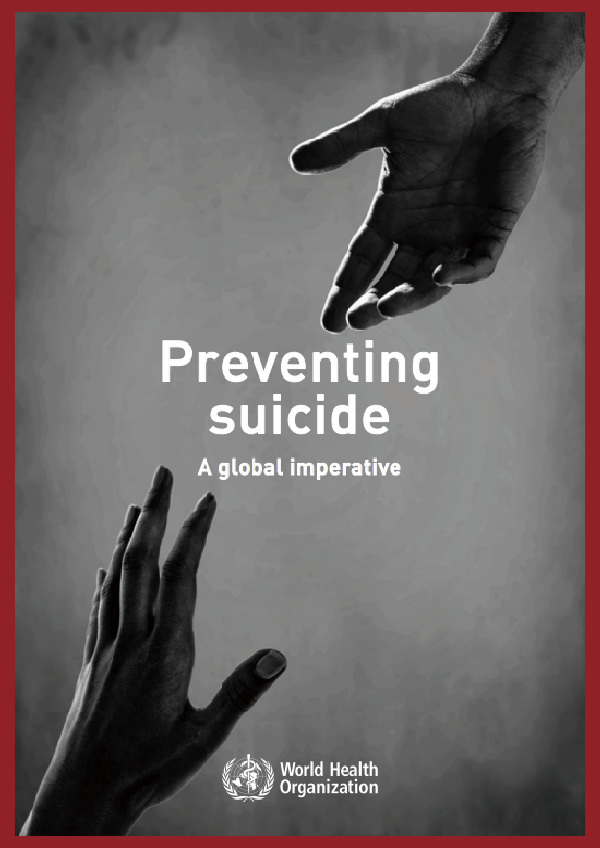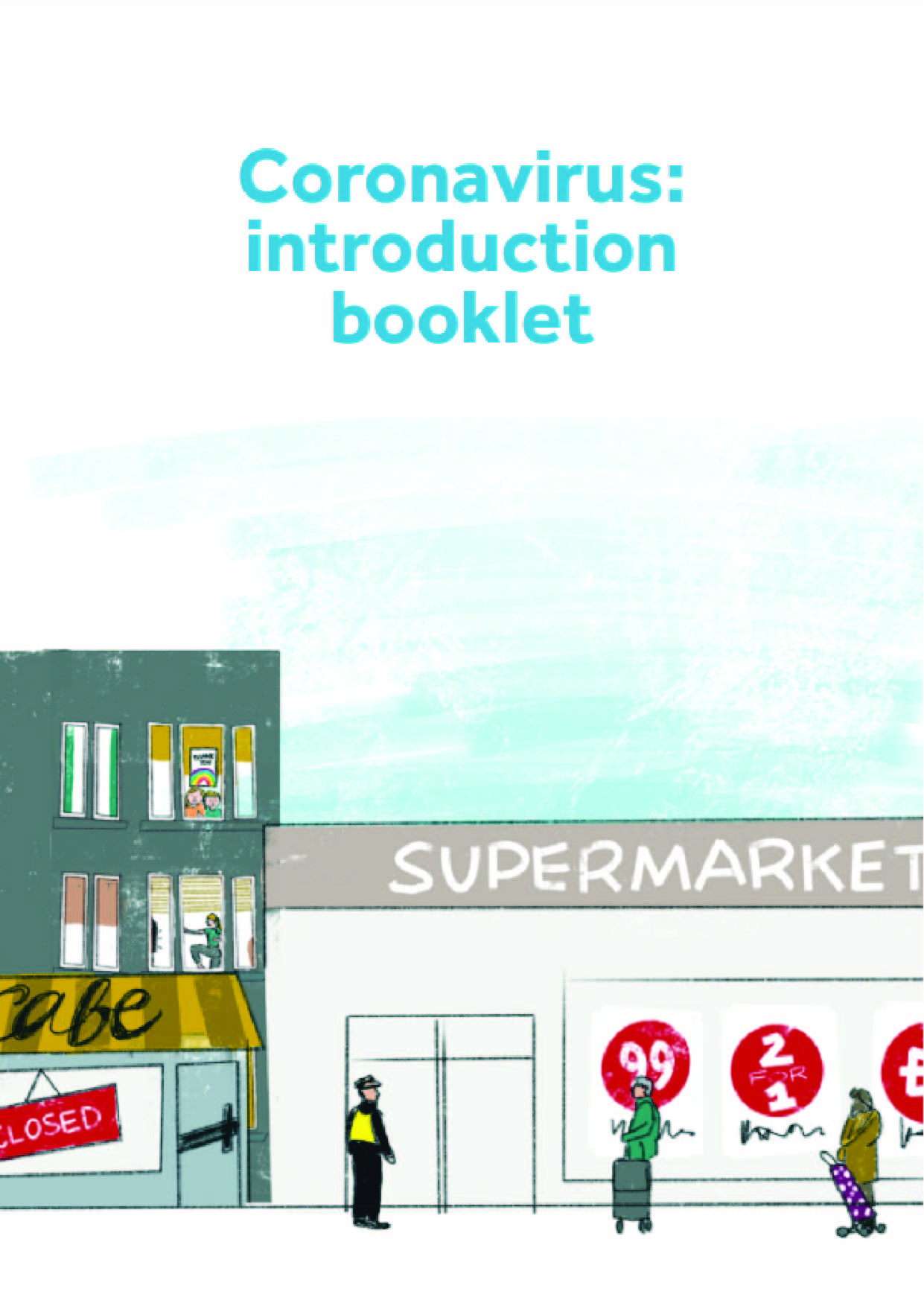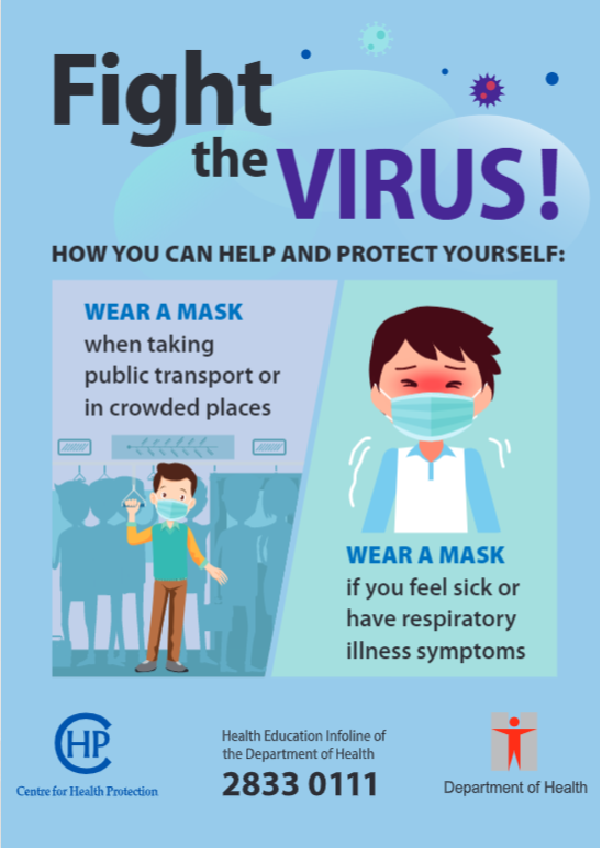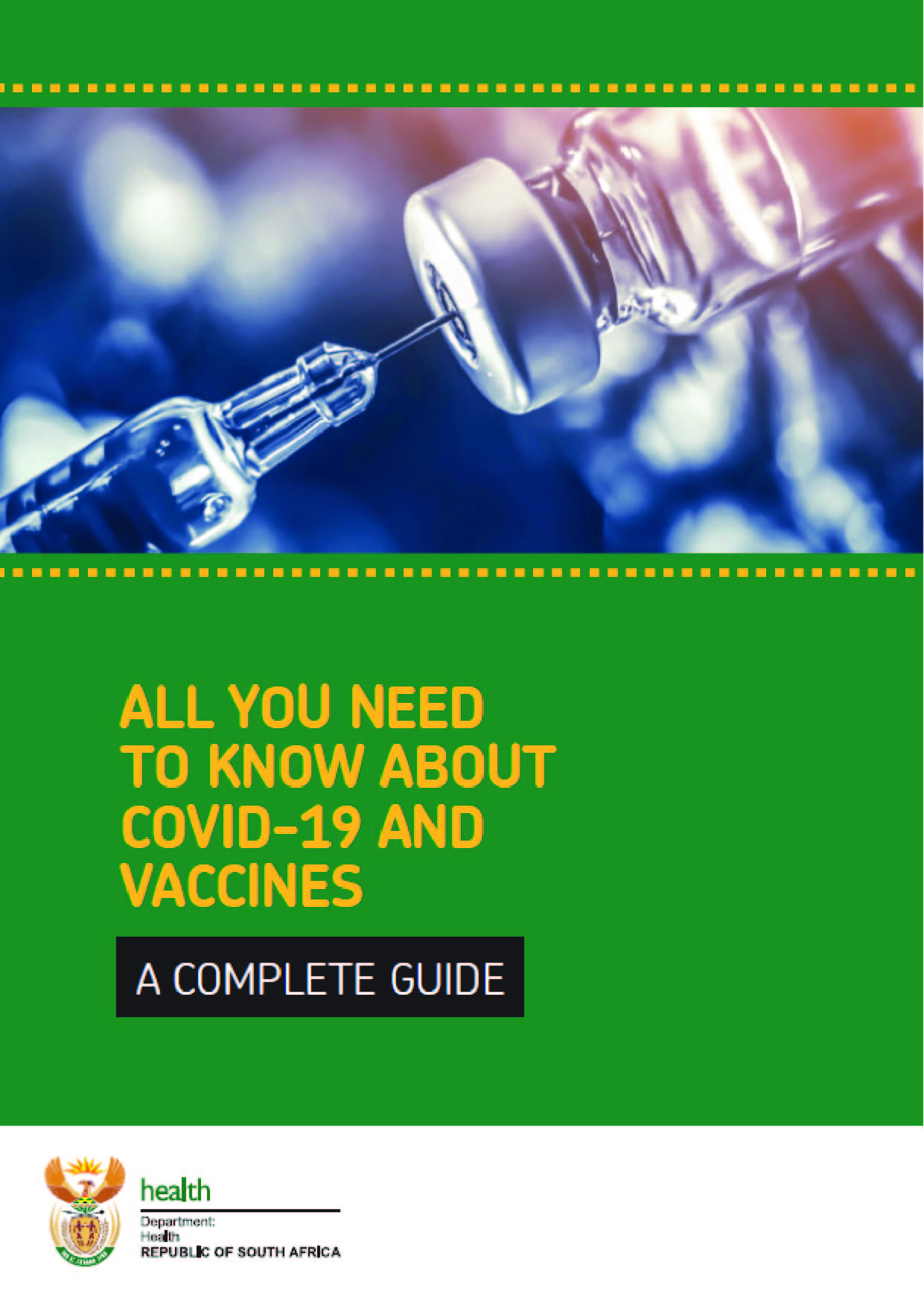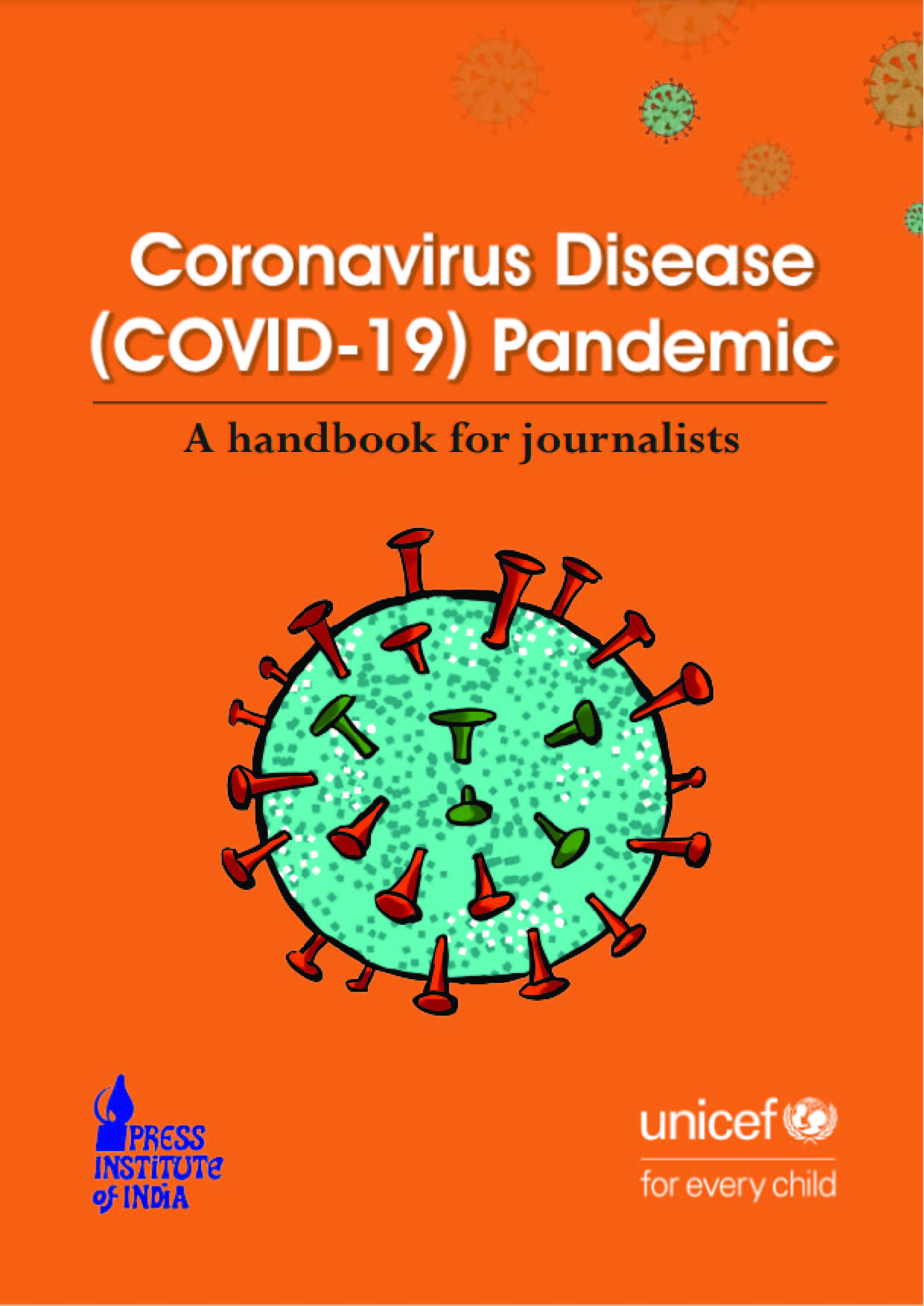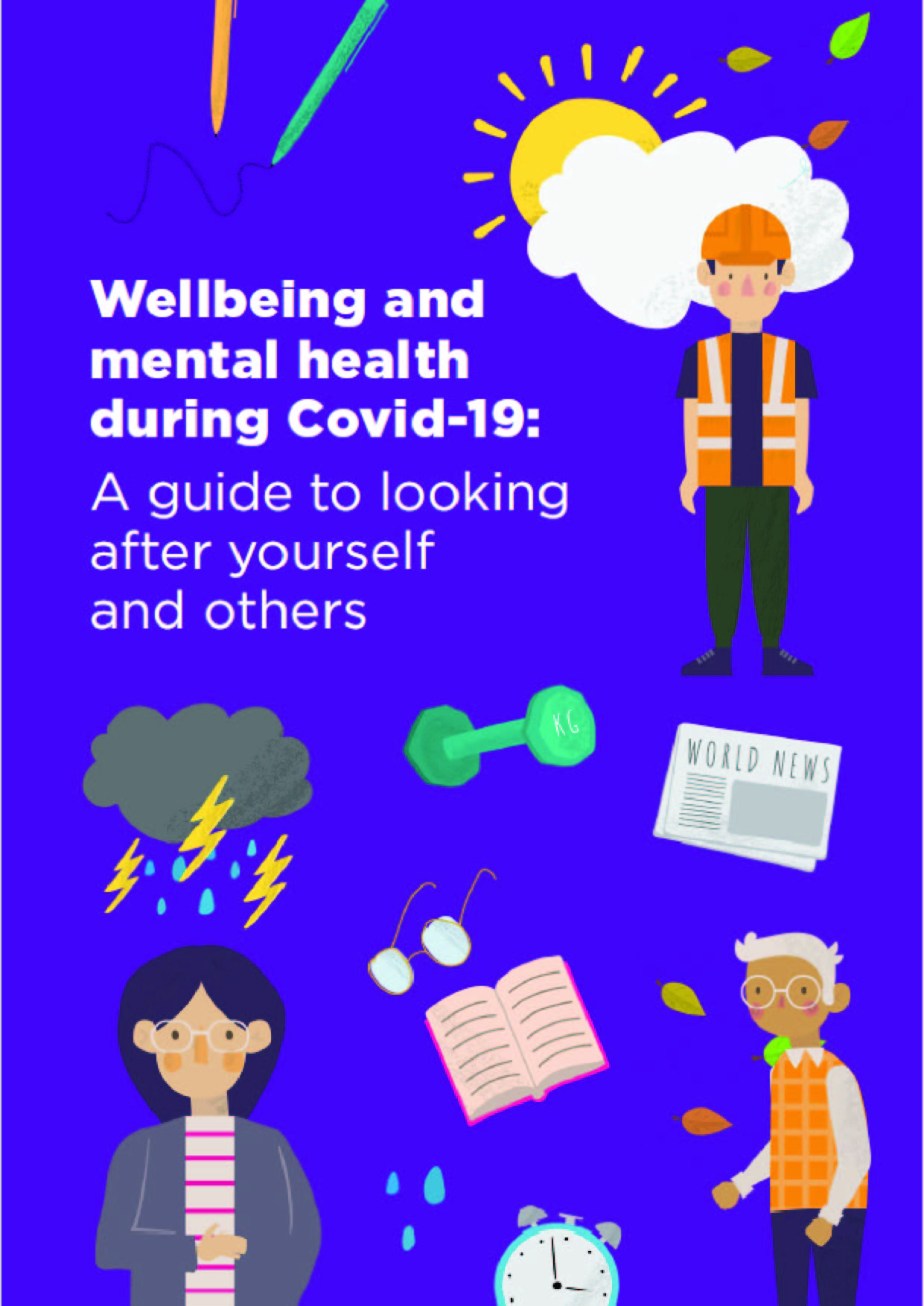Every 40 seconds a person dies by suicide somewhere in the world. Over 800 000 people die by suicide every year. Yet suicides are preventable. “Preventing suicide: a global imperative” is the first WHO report of its kind. It aims to increase awareness of the public health significance of suicide and suicide attempts, make suicide prevention a higher priority on the global public health agenda, and to encourage and support countries to develop or strengthen comprehensive suicide prevention strategies in multisectoral public health approach.
The report provides a global knowledge base on suicide and suicide attempts as well as actionable steps for countries based on their current resources and context to move forward in suicide prevention.
Introduction
In May 2013, the Sixty-sixth World Health Assembly adopted the first-ever Mental Health Action Plan of the World Health Organization (WHO). Suicide prevention is an integral part of the plan, with the goal of reducing the rate of suicide in countries by 10% by 2020 (1). There is no single explanation of why people die by suicide. However, many suicides happen impulsively and, in such circumstances, easy access to a means of suicide – such as pesticides or firearms – can make the difference as to whether a person lives or dies.
Social, psychological, cultural and other factors can interact to lead a person to suicidal behaviour, but the stigma attached to mental disorders and suicide means that many people feel unable to seek help. Despite the evidence that many deaths are preventable, suicide is too often a low priority for governments and policy-makers. The objective of this report is to prioritize suicide prevention on the global public health and public policy agendas and to raise awareness of suicide as a public health issue. The report was developed through a global consultative process and is based on systematic reviews of data and evidence together with inputs from partners and stakeholders.
Global epidemiology of suicide and suicide attempts
An estimated 804 000 suicide deaths occurred worldwide in 2012, representing an annual global age-standardized suicide rate of 11.4 per 100 000 population (15.0 for males and 8.0 for females). However, since suicide is a sensitive issue, and even illegal in some countries, it is very likely that it is under-reported. In countries with good vital registration data, suicide may often be misclassified as an accident or another cause of death. Registering a suicide is a complicated procedure involving several different authorities, often including law enforcement. And in countries without reliable registration of deaths, suicides simply die uncounted.
In richer countries, three times as many men die of suicide than women do, but in low- and middle-income countries the male-to-female ratio is much lower at 1.5 men to each woman. Globally, suicides account for 50% of all violent deaths in men and 71% in women. With regard to age, suicide rates are highest in persons aged 70 years or over for both men and women in almost all regions of the world. In some countries, suicide rates are highest among the young, and globally suicide is the second leading cause of death in 15−29-year-olds. The ingestion of pesticide, hanging and firearms are among the most common methods of suicide globally, but many other methods are used with the choice of method often varying according to population group.
For every suicide there are many more people who attempt suicide every year. Significantly, a prior suicide attempt is the single most important risk factor for suicide in the general population. For both suicides and suicide attempts, improved availability and quality of data from vital registration, hospital-based systems and surveys are required for effective suicide prevention.
Restricting access to the means of suicide is a key element of suicide prevention efforts. However, means restriction policies (such as limiting access to pesticides and firearms or putting barriers on bridges) require an understanding of the method preferences of different groups in society and depend on cooperation and collaboration between multiple sectors.
